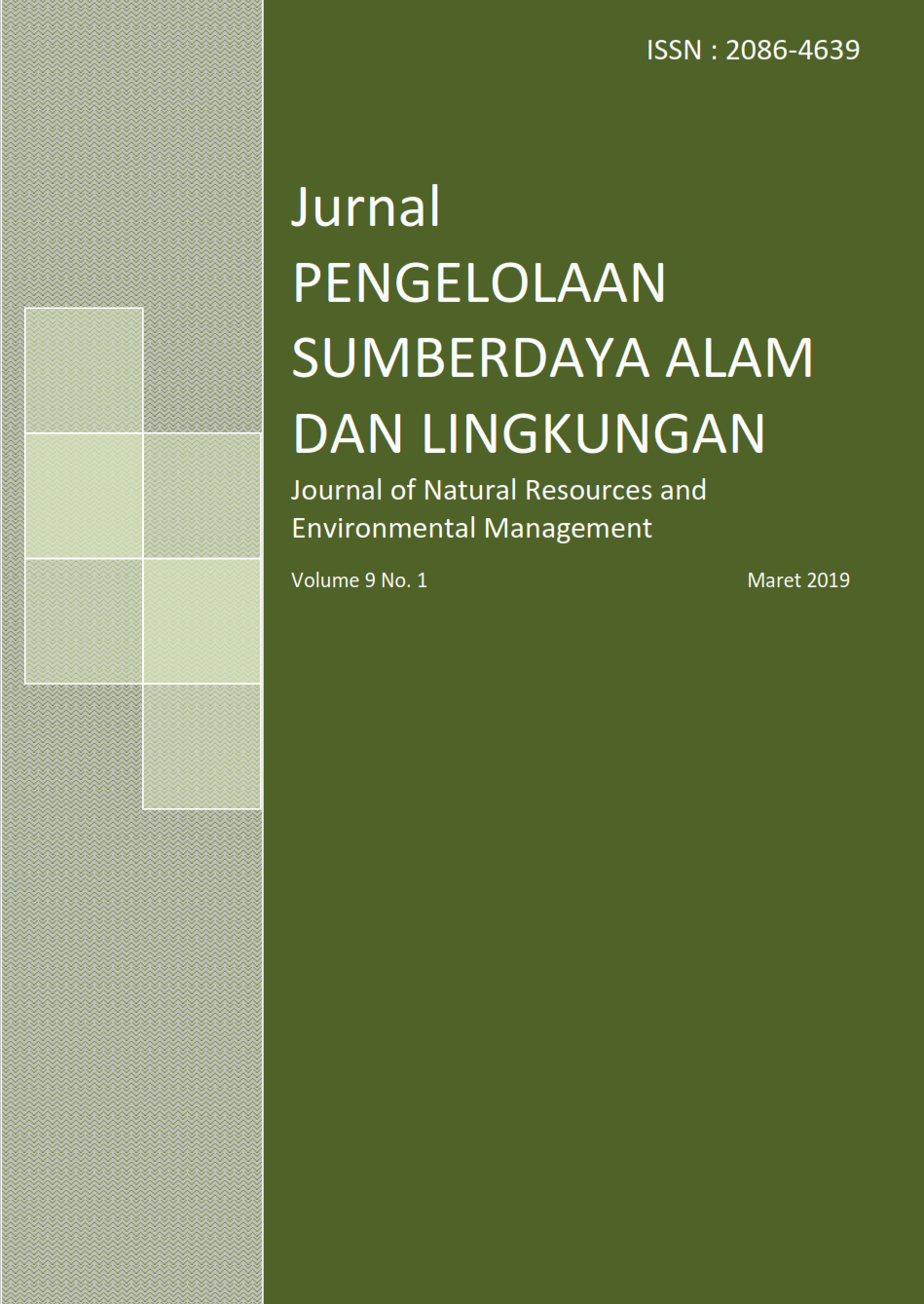Stand structure of Unmanaged Red Meranti Plantation (ShoreaLeprosula Miq.) in Haurbentes Forest Research, Jasinga
Abstract
Natural regeneration of Dipterocarpaceae depends on the availability of the mother trees, flowering cycle, and favorable site conditions. Potential seed of Shorea leprosula in Haurbentes Forest Research, Jasinga District, Bogor, should be supported with sufficient regeneration ability. This research aims to identify the condition of regeneration of Shorea leprosula, environmental conditions and soil conditions that support for the sustainability of the S. leprosula regeneration in Haurbentes Forest Research, Jasinga, Bogor district. The results of the vegetation analysis showed that condition of the forest regeneration S. leprosula in KHDTK Haurbentes quite sufficient for seedling which are found quite a lot and dominating on every block of observations. However, seedlings are experiencing obstacles in resuming its growth to the level of sapling and poles. This can be seen by the existence of another species that dominates at the level of the sapling and the least amount of poles found. The existence of competition with other species and lack of space grows to regeneration due to the dominance of mature trees suspected that caused the regeneration S. leprosula on blocks of thisplant disturbed. Environmental conditions and soil conditions sufficiently support growth of S. leprosula. However, the lack of light intensity that goes into the stands is suspected to be one of the barriers to regeneration of S. leprosula.
Authors
Authors who publish with this journal agree to the following terms:
- Authors retain copyright and grant the journal right of first publication with the work simultaneously licensed under a Creative Commons Attribution License that allows others to share the work with an acknowledgement of the work's authorship and initial publication in this journal.
- Authors are able to enter into separate, additional contractual arrangements for the non-exclusive distribution of the journal's published version of the work (e.g., post it to an institutional repository or publish it in a book), with an acknowledgement of its initial publication in this journal.
- Authors are permitted and encouraged to post their work online (e.g., in institutional repositories or on their website) prior to and during the submission process, as it can lead to productive exchanges, as well as earlier and greater citation of published work (See The Effect of Open Access).





